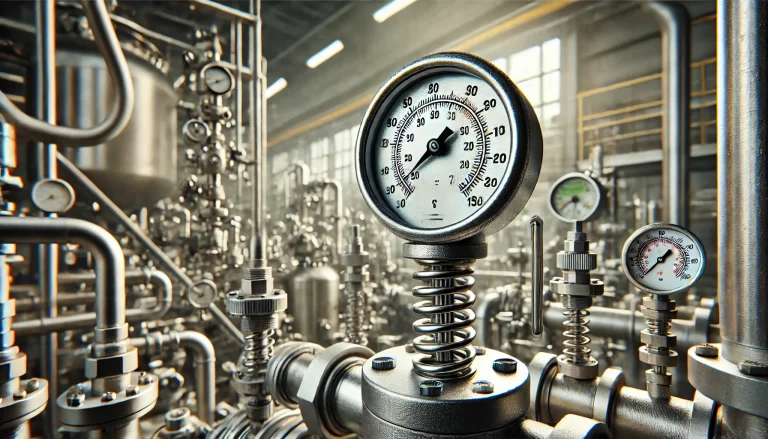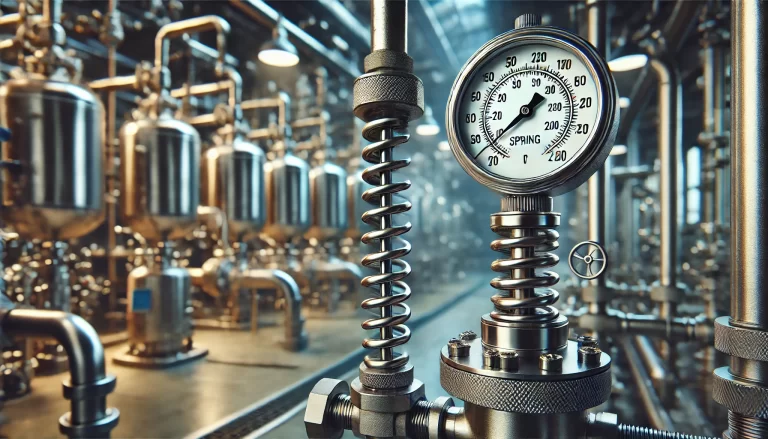Bimetal thermometers are widely used across various industrial and laboratory environments due to their durability, accuracy, and reliability in temperature measurement. However, the length of the thermometer probe is a critical factor influencing both measurement precision and operational convenience. Selecting the correct probe length ensures accurate readings, operational efficiency, and safety.
1. Importance of Probe Length in Temperature Measurement
The length of a bimetal thermometer probe determines how effectively it can reach the target measurement zone. Inadequate probe length might lead to inaccurate temperature readings due to environmental interference, while an excessively long probe may pose challenges in compact spaces or create structural vulnerabilities.
2. Applications of Different Probe Lengths
2.1 Long Probe Applications (300mm and above)
Longer probes are essential in high-temperature, high-pressure, or deep measurement environments where precise readings are critical. Examples include:
Chemical Plants: Measuring the temperature inside deep reaction vessels.
Boilers: Monitoring temperatures in boiler systems where deep immersion is required.
Water Reservoirs: Accurate temperature readings in large water tanks or deep water pools.
In such environments, a probe length of 300mm to 2000mm is typically recommended to ensure the sensor reaches the desired depth without being affected by surface temperature fluctuations.

2.2 Short Probe Applications (100mm – 150mm)
Shorter probes are better suited for compact environments or shallow temperature measurement applications. Examples include:
HVAC Systems: Measuring air duct temperatures.
Small Machinery Systems: Compact engines or confined operational spaces.
Lab Equipment: Small reactors or test tubes where maneuverability is essential.
For these scenarios, probe lengths ranging from 100mm to 150mm are sufficient and offer greater flexibility.
3. Factors to Consider When Choosing Probe Length
When selecting the appropriate probe length, the following factors should be considered:
Depth of Measurement Zone: Ensure the probe length matches the required immersion depth.
Pressure and Temperature Levels: Longer probes might be necessary in high-pressure environments to ensure accurate readings.
Environmental Constraints: Evaluate space limitations and operational accessibility.
Safety Concerns: Probes that are too long might bend or break under certain operational conditions.
4. Case Study Example
Scenario: In an industrial chemical plant, the team needed to measure temperatures inside a high-pressure reaction vessel. Initially, they used a 150mm probe but observed inconsistent temperature readings. After switching to a 600mm probe, the thermometer was able to reach the core reaction zone, resulting in significantly more accurate and consistent temperature data.
In contrast, a laboratory technician working with small-scale HVAC systems benefited from using a 120mm probe, which was compact and maneuverable while still offering reliable readings.

5. Summary and Recommendations
Choosing the appropriate length of a bimetal thermometer probe is essential for ensuring accurate and reliable temperature measurements. Longer probes (300mm and above) are best suited for high-temperature, high-pressure, and deep immersion scenarios, while shorter probes (100mm-150mm) excel in compact spaces and shallow measurement zones.
When selecting a thermometer probe:
Analyze the measurement depth and environmental conditions.
Match the probe length to the specific application requirements.
Prioritize safety, convenience, and operational efficiency.
By carefully considering these factors, industries and laboratories can optimize temperature measurement performance, enhance operational reliability, and improve overall efficiency.
